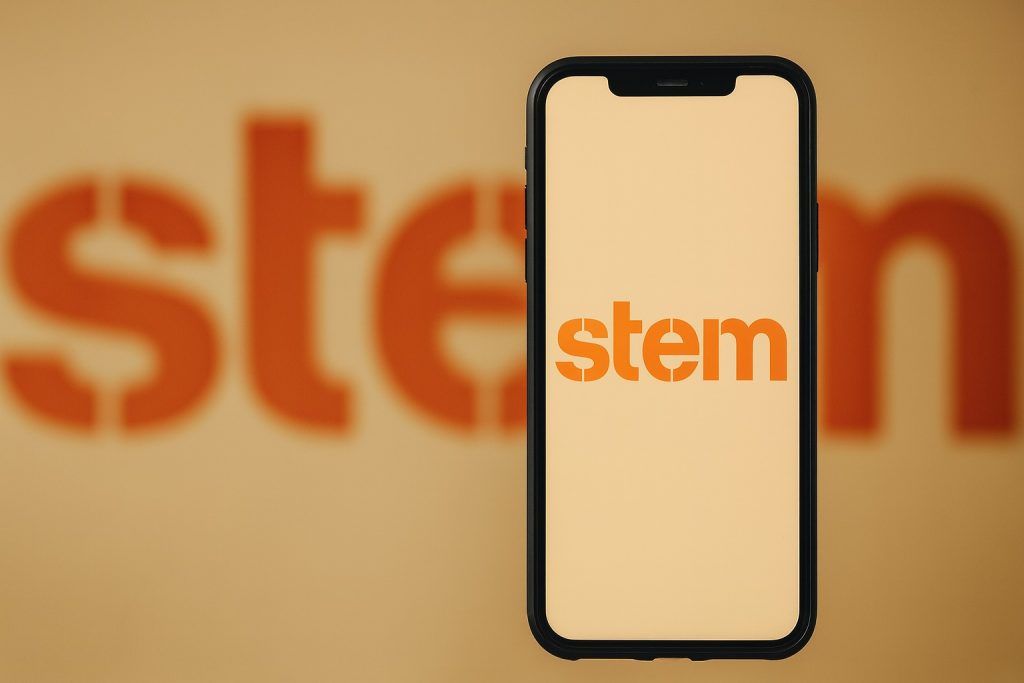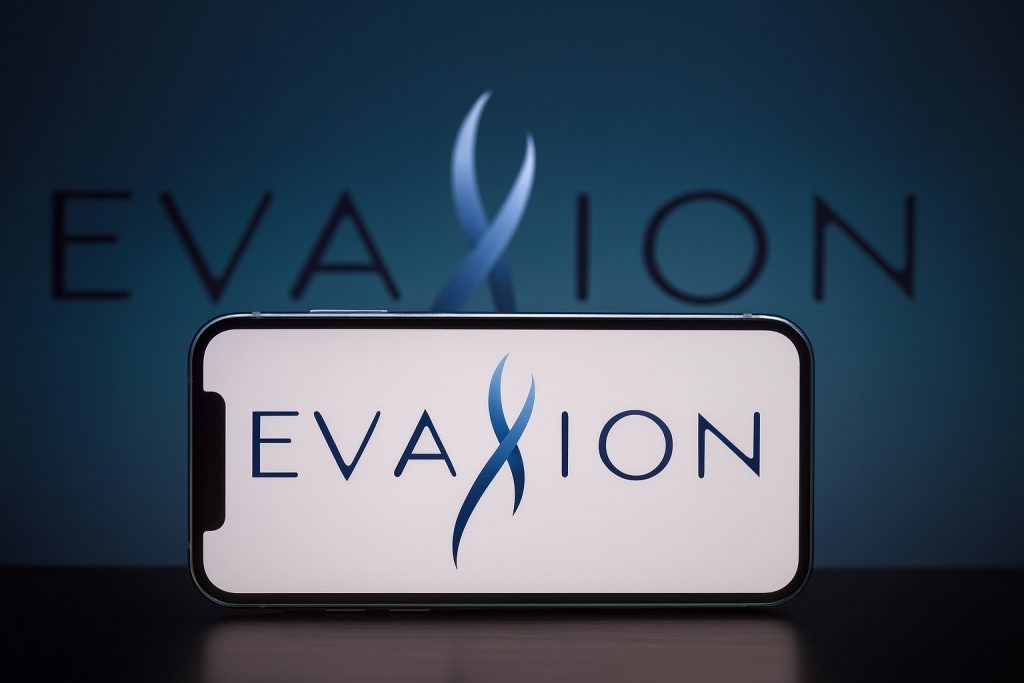- Stock surge: INDI hit a 52-week high (~$5.58) on Oct. 14, 2025, jumping ~19% on heavy volume [1]. (It closed ~$5.56 that day, vs. ~$4.69 the prior close [2].)
- Q2 beat: Q2’25 revenue of $51.6M topped the $51.4M consensus, with non‑GAAP EPS –$0.08 meeting estimates [3]. Management noted revenue and margins came in above mid‑point guidance [4]. Q3 revenue is guided at $52–$56M [5].
- Major deal: indie plans to buy Vienna’s emotion3D (an AI-based automotive vision‑sensing software leader) for $20M cash plus up to $10M earnouts, closing expected in Q4’25 [6].
- New tech: On Oct. 14 indie unveiled the ELA35 GaN visible‑laser (DFB) for quantum computing and automotive LiDAR/sensing [7], highlighting its growing photonics business. (Philipp Vorreau, indie’s Photonics GM, says customers are “excited…as lasers and quantum technologies promise unprecedented accuracy” [8].)
- Analyst ratings: Wall Street is mixed but generally positive. Benchmark and Craig‑Hallum recently reiterated Buy ratings (targets $8 and $6, respectively) [9]. The consensus is a Moderate Buy with average target ~$5.90 [10].
- Insider activity: CEO Donald McClymont sold 188,700 shares in late Sept (reducing his stake ~58%) [11], and COO also sold. Institutional holders (Primecap, Frontier, etc.) have been adding shares [12].
- Technical note: Short interest is high (~29% of float [13]), and the stock trades well above its 50-day ($4.20) and 200-day ($3.36) moving averages [14], indicating strong bullish momentum.
Indie Semiconductor’s share price has been on a tear in October. After weak performance earlier in 2025, the stock jumped sharply last week. By Oct. 14 it broke out above the prior high ($4.69) to peak near $5.58 [15]. Market watchers note that volume was unusually heavy on the rally day (≈8.75M shares) [16]. This breakout came amid a string of positive news: a better-than-feared Q2 report, a strategic acquisition, and new product announcements.
In late August indie reported Q2 2025 results that beat its own guidance. Revenue of $51.6M handily topped the $51.4M expected, and non‑GAAP EPS of –$0.08 matched forecasts [17]. CEO Donald McClymont said indie delivered “results above the midpoint of our outlook” despite challenging conditions, with strong ADAS (advanced driver-assist) design-win momentum [18]. He highlighted progress on indie’s flagship 77 GHz radar (field trials nearing completion) and early wins for the iND880 vision processor in camera-monitoring and even robotics [19]. The company reaffirmed Q3 guidance of $52–56M revenue (midpoint $54M) and ~49–50% gross margin [20].
On the corporate front, indie announced a definitive merger agreement to acquire emotion3D (Vienna), a leader in AI-based automotive vision software. The deal is valued at $20M cash (plus up to $10M earn-outs) and should close in Q4 2025 [21]. Indie’s Corporate Development head Mark Tyndall explained that automakers “are increasingly demanding co-optimized hardware-software solutions for ADAS,” and that adding emotion3D’s perception software will “bring significant value-add to indie’s vision and radar portfolio” [22]. (Emotion3D CEO Florian Seitner said the merger will accelerate the “multi-sensor roadmap” combining indie’s chips with their AI models [23].)
Indie’s photonics business also made headlines on Oct. 14, when the company unveiled the ELA35 visible laser. This GaN-based Distributed Feedback (DFB) laser delivers ultra-narrow (sub-MHz) linewidths from UV to green wavelengths, aimed at quantum computing, automotive LiDAR, sensing and industrial Raman [24]. Independence photonics VP Philipp Vorreau says customers – from automakers to quantum labs – are “excited” because these compact lasers offer unprecedented stability and efficiency [25]. The ELA35 launch underscores indie’s push into high-growth niches beyond chips, which analysts say could add high-margin revenue streams.
Against this backdrop, analysts’ views on INDI have turned cautiously positive. Benchmark (via Cody Acree) reiterated a Buy with an $8 target after the Q2 beat [26]. Craig-Hallum (Anthony Stross) also reaffirmed Buy with a $6 target in September [27]. (By contrast, Weiss Ratings issued a Sell (D-) on Oct. 8 [28], reflecting the mixed opinion.) MarketBeat notes five analyst Buys, one Hold and one Sell, for a consensus “Moderate Buy” [29]. The average price target (~$5.90) is near the stock’s current level, but individual targets range from mid-$5s up to $8–$9 [30] [31]. In their analysis, experts point to indie’s expanding ADAS pipeline (radar, LiDAR, camera) and new software capabilities as drivers of long-term growth, though they caution that revenue growth is still modest compared to peers [32] [33].
On the charts, INDI’s breakout is technically impressive. The stock is now well above its major moving averages (50-day ~$4.20, 200-day ~$3.36) [34], and trading near the upper end of its range since 2023. Short interest remains very high (~28.8% of float [35]), suggesting any further rally could squeeze bearish bets. However, traders should note the recent insider selling: both the CEO and COO sold shares into the rally (CEO’s stake fell ~58% after his Sep sale) [36]. High insider sales can temper sentiment, though management still holds ~5.6% of the stock.
Outlook: Investors will now focus on upcoming catalysts. indie has scheduled its Q3 2025 earnings call on Nov. 6 [37] (after market close). Expectations are for continued revenue growth (analysts forecast ~+18% next year [38], albeit slower than the industry). On the product side, indie is advancing its radar chips: its 77 GHz and new 120 GHz radar SoCs (developed with GlobalFoundries on a 22 nm FD‑SOI platform) are reportedly sampling to customers [39] [40]. These chips target long-range automotive radar and in-cabin sensing (e.g. child-presence detection), and could become revenue drivers in 2026 [41].
Overall, indie Semiconductor’s recent run-up reflects a combination of solid financial execution and exciting new technologies. While revenue is still under $60M quarterly, management’s strategy of bundling its own radar/vision chips with proprietary AI software and photonics seems to be gaining traction. If new products gain customer traction and the EV/ADAS market stays strong, analysts say INDI could find further upside – at least up to the high-$5 to $8 range in the near term [42] [43]. Retail investors following AI/EV trends will be watching closely as indie reports results in November and rolls out its next-gen sensing tech.
Sources: Company filings and press releases [44] [45] [46]; market analysis and news reports [47] [48] [49] [50].
References
1. www.marketbeat.com, 2. www.marketbeat.com, 3. www.marketbeat.com, 4. investors.indie.inc, 5. investors.indie.inc, 6. investors.indie.inc, 7. investors.indie.inc, 8. investors.indie.inc, 9. www.insidermonkey.com, 10. www.marketbeat.com, 11. www.marketbeat.com, 12. www.marketbeat.com, 13. finviz.com, 14. www.marketbeat.com, 15. www.marketbeat.com, 16. www.marketbeat.com, 17. www.marketbeat.com, 18. investors.indie.inc, 19. investors.indie.inc, 20. investors.indie.inc, 21. investors.indie.inc, 22. investors.indie.inc, 23. investors.indie.inc, 24. investors.indie.inc, 25. investors.indie.inc, 26. www.insidermonkey.com, 27. www.insidermonkey.com, 28. www.marketbeat.com, 29. www.marketbeat.com, 30. www.marketbeat.com, 31. www.insidermonkey.com, 32. simplywall.st, 33. investors.indie.inc, 34. www.marketbeat.com, 35. finviz.com, 36. www.marketbeat.com, 37. investors.indie.inc, 38. simplywall.st, 39. ts2.tech, 40. ts2.tech, 41. ts2.tech, 42. www.marketbeat.com, 43. www.insidermonkey.com, 44. investors.indie.inc, 45. investors.indie.inc, 46. investors.indie.inc, 47. www.marketbeat.com, 48. ts2.tech, 49. www.insidermonkey.com, 50. www.insidermonkey.com






